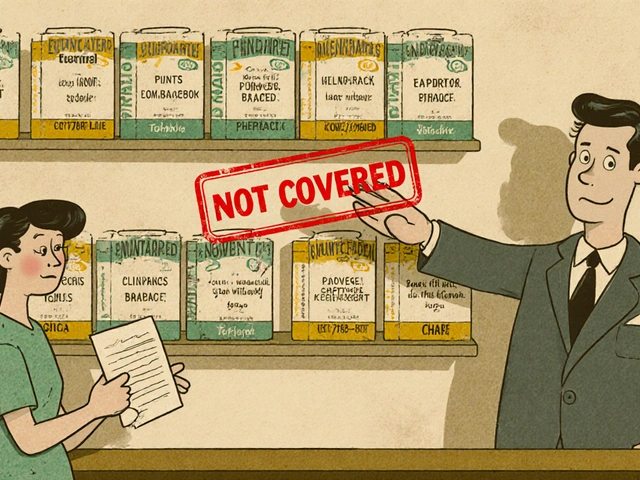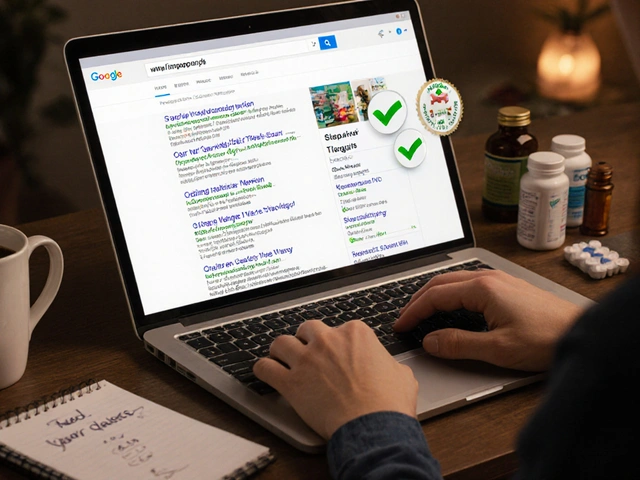Glaucoma Eye Drops: A Practical Overview
When working with glaucoma eye drops, medicines applied directly to the eye to lower pressure and protect vision in glaucoma patients. Also known as ocular hypotensive agents, they are the frontline defense against optic‑nerve damage. If you're searching for glaucoma eye drops, you’ll quickly see they aren’t a single product but a family of agents, each with its own strength and quirks. The core goal is simple: reduce intraocular pressure (IOP) to keep the optic nerve safe. This goal creates a clear semantic triple—glaucoma eye drops lower intraocular pressure. Another triple links the condition itself—glaucoma involves high intraocular pressure. Finally, the treatment category—prostaglandin analogs are a type of glaucoma eye drops. These connections set the stage for the varieties you’ll meet below.
Key Types of Glaucoma Eye Drops
The most widely used class is prostaglandin analogs, drugs that increase fluid outflow from the eye, effectively lowering pressure. Brands like latanoprost, bimatoprost, and travoprost dominate the market because they often need only once‑daily dosing and have a good safety profile. Their main attribute is a strong pressure‑lowering effect, usually 25‑30 % reduction in IOP. For many patients, prostaglandin analogs become the first line of defense. They work by remodeling the eye’s drainage pathway, a process that can take a few weeks to show full benefit.
Another cornerstone is beta blocker eye drops, medications that decrease fluid production inside the eye. Timolol and betaxolol are common examples. They’re especially useful when prostaglandin analogs alone don’t reach target pressure. A beta blocker’s key attribute is its ability to cut aqueous humor production by up to 25 %. However, because these drops can affect heart rate and breathing, doctors screen for asthma, COPD, or heart block before prescribing. The semantic link here is clear: beta blocker eye drops require careful patient screening. When used together with prostaglandin analogs, they often achieve deeper pressure reductions.
For patients who need an additional push, carbonic anhydrase inhibitors, drugs that lower fluid production by blocking an enzyme in the eye. Dorzolamide and brinzolamide fall into this class. Their standout attribute is a rapid onset—pressure can drop within an hour of the first dose. They’re typically added as a second or third drug when a single class isn’t enough. Because they’re often combined with beta blockers in a single bottle, they simplify the regimen for patients who struggle with multiple drops.
Alpha agonists (like brimonidine) and rho‑kinase inhibitors (such as netarsudil) round out the options. Alpha agonists lower pressure by both reducing fluid production and increasing outflow, while rho‑kinase inhibitors primarily improve drainage through a different cellular pathway. Their emergence reflects ongoing research into more precise ways to manage IOP, illustrating the semantic triple: new drug classes expand the toolbox for glaucoma eye drops. Each class brings a distinct mechanism, side‑effect profile, and dosing schedule, giving clinicians flexibility to tailor treatment.
Choosing the right drop isn’t just about chemistry; it’s about the patient’s lifestyle and health status. Key factors include the severity of optic‑nerve damage, target IOP, existing medical conditions, and how well a person tolerates side effects like eye redness, blurred vision, or systemic symptoms. Cost also matters—generic versions of many drops are now widely available, making long‑term therapy more affordable. A practical checklist can help:
- Identify the primary pressure‑lowering goal.
- Review any heart, lung, or allergy issues that affect beta blockers or alpha agonists.
- Consider dosing convenience—once daily vs. multiple times a day.
- Check insurance formularies for generic options.
Below you’ll find a curated list of articles that dive deeper into each drug class, compare costs, explain how to buy safely online, and share real‑world tips for managing side effects. Whether you’re new to glaucoma treatment or looking to fine‑tune an existing plan, the posts ahead give actionable insight you can apply right away.

Lumigan (Bimatoprost) vs Other Glaucoma Eye Drops: A Detailed Comparison
A thorough side‑by‑side comparison of Lumigan (bimatoprost) with latanoprost, travoprost, tafluprost and generic options, covering efficacy, side effects, cost and how to pick the best glaucoma drop.
Read More




